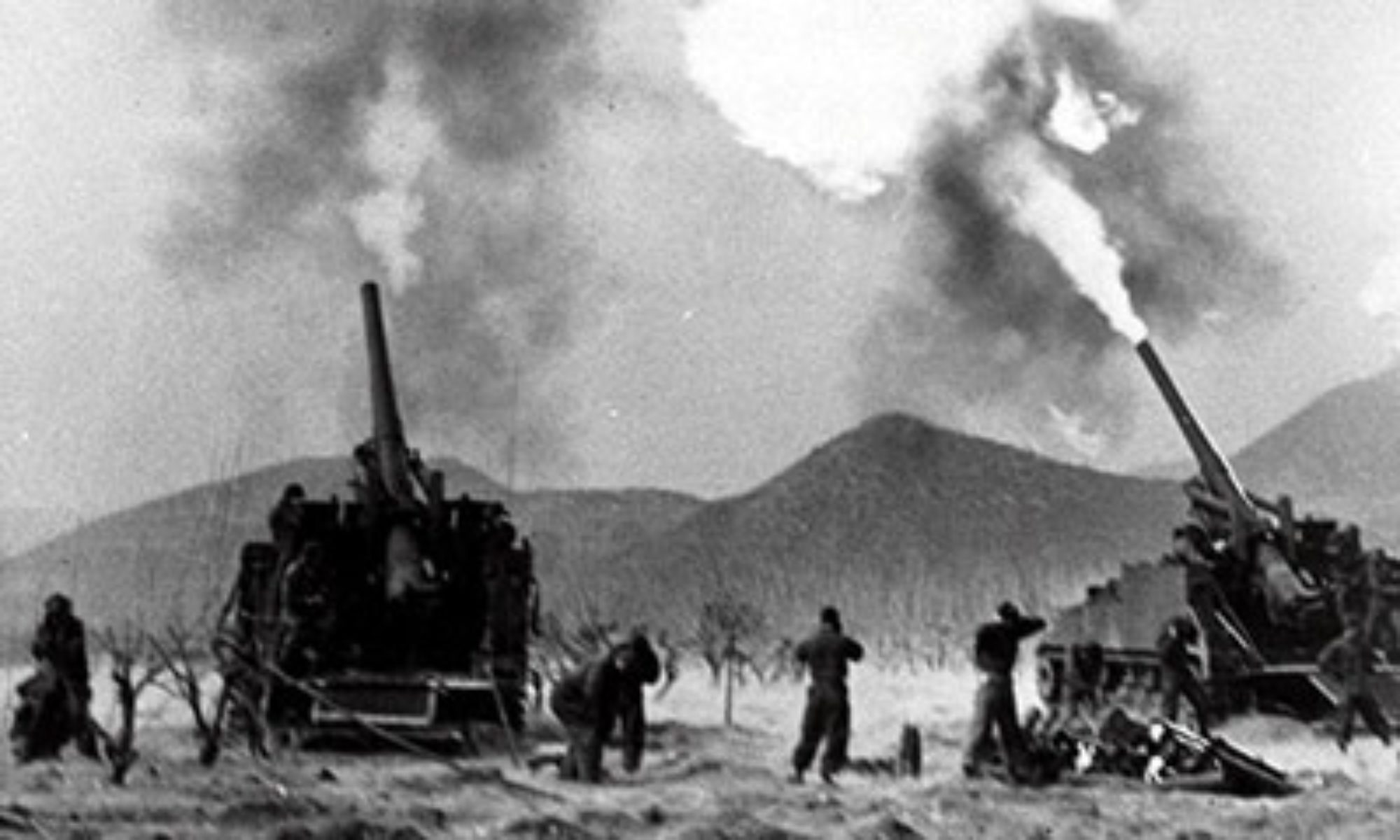On December 23, 1956, Britain and France withdrew their forces from Egypt. As a result of strong diplomatic pressure from the United States and the Soviet Union, in March 1957, Israel also withdrew its troops from occupied portions of the Sinai Peninsula, which then were retaken by the Egyptian forces. In exchange for the Israeli troop withdrawal, Egypt re-opened the Straits of Tiran to Israeli shipping and allowed the demilitarization of the Sinai. As a consequence of the Suez Crisis, the UN sent peacekeepers to the Suez Canal and the Sinai Peninsula.

(Taken from Suez Crisis – Wars of the 20th Century – Volume 2)
Background The Suez Canal in Egypt is a man-made shipping waterway that connects the Mediterranean Sea and the Indian Ocean via the Red Sea (Map 7). The Suez Canal was completed by a French engineering firm in 1869 and thereafter became the preferred shipping and trade route between Europe and Asia, as it considerably reduced the travel time and distance from the previous circuitous route around the African continent. Since 1875, the facility was operated by an Anglo-French private conglomerate. By the twentieth century, nearly two-thirds of all oil tanker traffic to Europe passed through the Suez Canal.
In the late 1940s, a wave of nationalism swept across Egypt, leading to the overthrow of the ruling monarchy and the establishment of a republic. In 1951, intense public pressure forced the Egyptian government to abolish the Anglo-Egyptian Treaty of 1936, although the agreement was yet to expire in three years.
With the rise in power of the Egyptian nationalists led by Gamal Abdel Nasser (who later became president in 1956), Britain agreed to withdraw its military forces from Egypt after both countries signed the Anglo-Egyptian Agreement of 1954. The last British troops left Egypt in June 1956. Nevertheless, the agreement allowed the British to use its existing military base located near the Suez Canal for seven years and the possibility of its extension if Egypt was attacked by a foreign power. The Anglo-Egyptian Agreement of 1954 and foreign control of the Suez Canal were resented by many Egyptians, especially the nationalists, who believed that their country was still under semi-colonial rule and not truly sovereign.
Furthermore, President Nasser was hostile to Israel, which had dealt the Egyptian Army a crushing defeat in the 1948 Arab-Israeli War. President Nasser wanted to start another war with Israel. Conversely, the Israeli government believed that Egypt was behind the terrorist activities that were being carried out in Israel. The Israelis also therefore were ready to go to war against Egypt to put an end to the terrorism.
Egypt and Israel sought to increase their weapons stockpiles through purchases from their main suppliers, the United States, Britain, and France. The three Western powers, however, had agreed among themselves to make arms sales equally and only in limited quantities to Egypt and Israel, to prevent an arms race.
Friendly relations between Israel and France, however, were moving toward a military alliance. By early 1955, France was sending large quantities of weapons to Israel. In Egypt, President Nasser was indignant at the Americans’ conditions to sell him arms: that the weapons were not to be used against Israel, and that U.S. advisers were to be allowed into Egypt. President Nasser, therefore, approached the Soviet Union, which agreed to support Egypt militarily. In September 1955, large amounts of Soviet weapons began to arrive in Egypt.
The United States and Britain were infuriated. The Americans believed that Egypt was falling under the sphere of influence of the Soviet Union, their Cold War enemy. Adding to this perception was that Egypt recognized Red China. Meanwhile, Britain felt that its historical dominance in the Arab region was being undermined. The United States and Britain withdrew their earlier promise to President Nasser to fund his ambitious project, the construction of the massive Aswan Dam.
Egyptian troops then seized the Suez Canal, which President Nasser immediately nationalized with the purpose of using the profits from its operations to help build the Aswan Dam. President Nasser ordered the Anglo-French firm operating the Suez Canal to leave; he also terminated the firm’s contract, even though its 99-year lease with Egypt still was due to expire in 12 years, in 1968.
The British and French governments were angered by Egypt’s seizure of the Suez Canal. A few days later, Britain and France decided to take armed action: their military leaders met and began to prepare for an invasion of Egypt. In September 1956, France and Israel also jointly prepared for war against Egypt.
The three countries had various reasons for wanting to start the war. Britain and France wanted to regain control of the Suez Canal. The British wanted to reassert itself in the region. The French were embroiled in a colonial war in Algeria against rebels whom they believed were being funded by President Nasser. Israel wanted to stop the local terrorism which it attributed to Egypt’s instigation. Furthermore, Israeli commercial vessels were blocked from entering the Suez Canal after Egypt seized the waterway.
